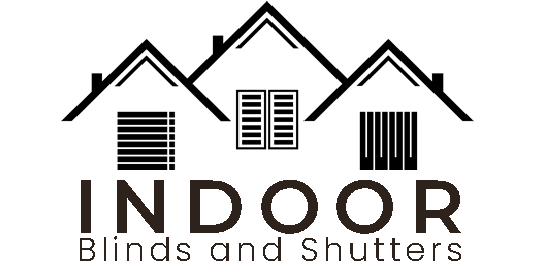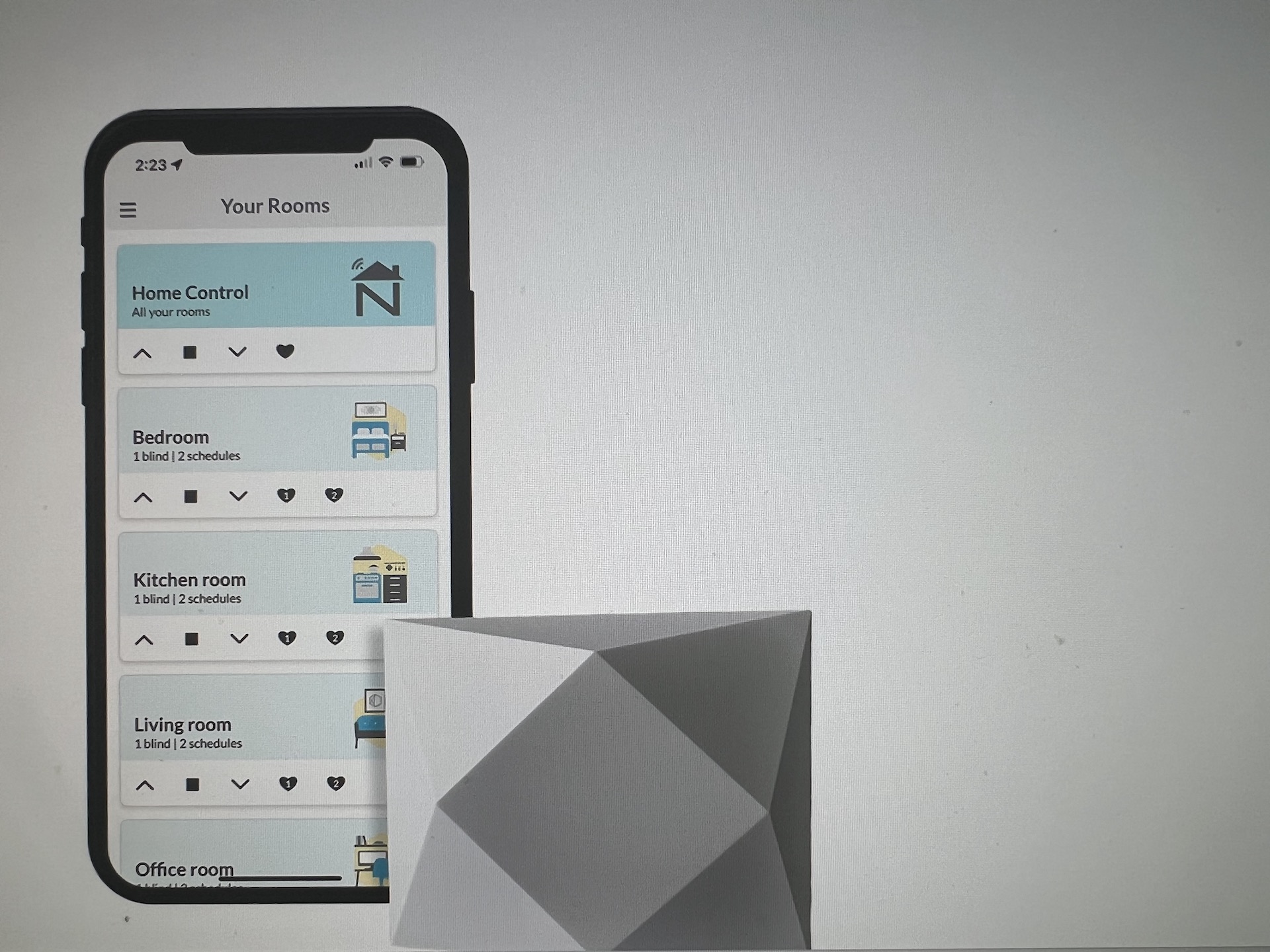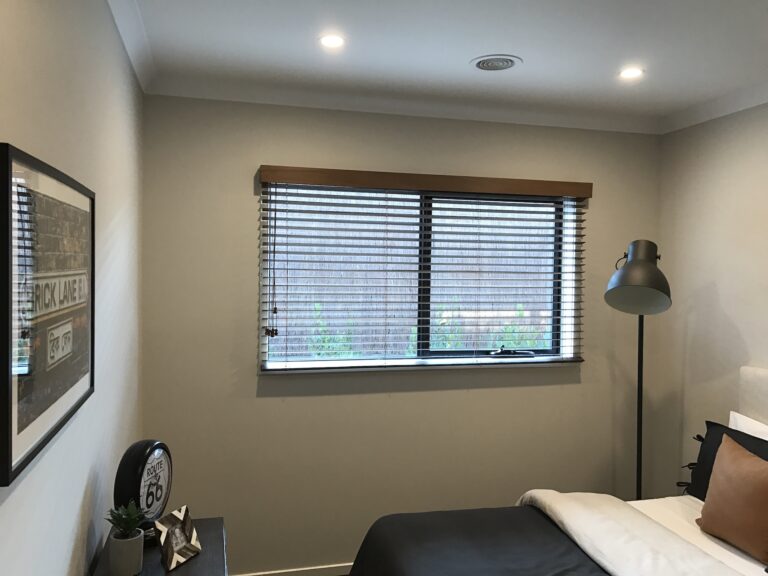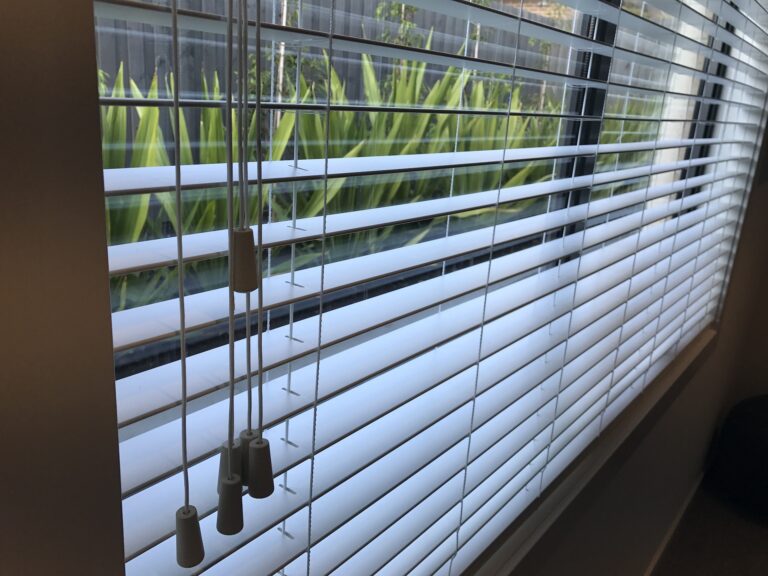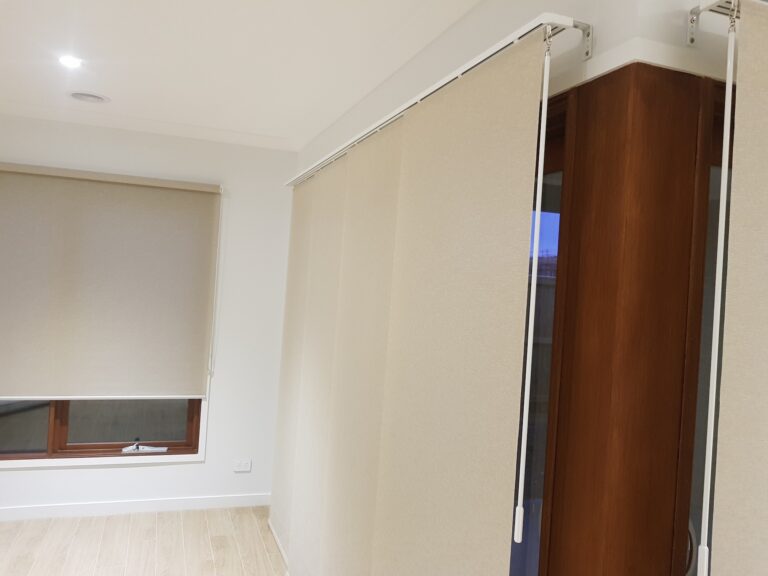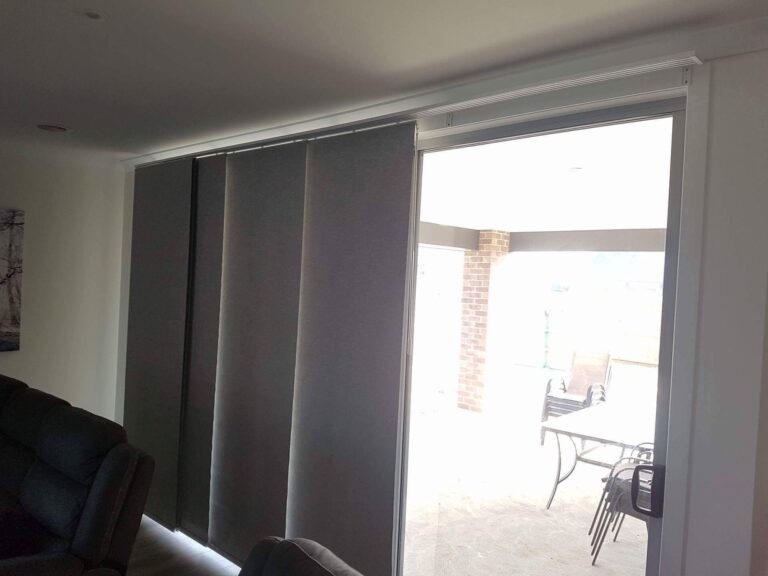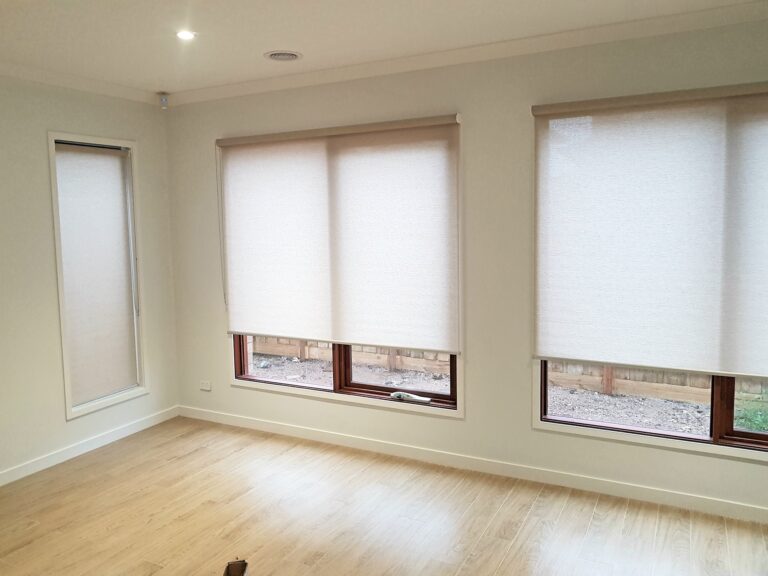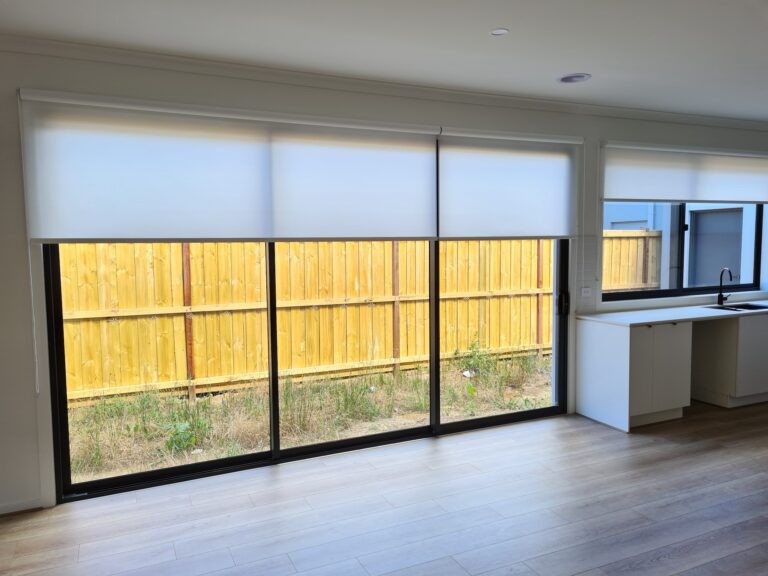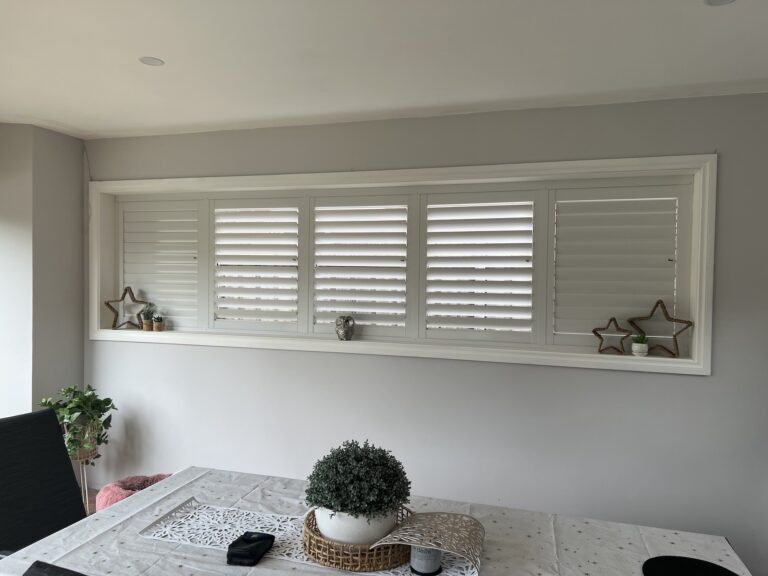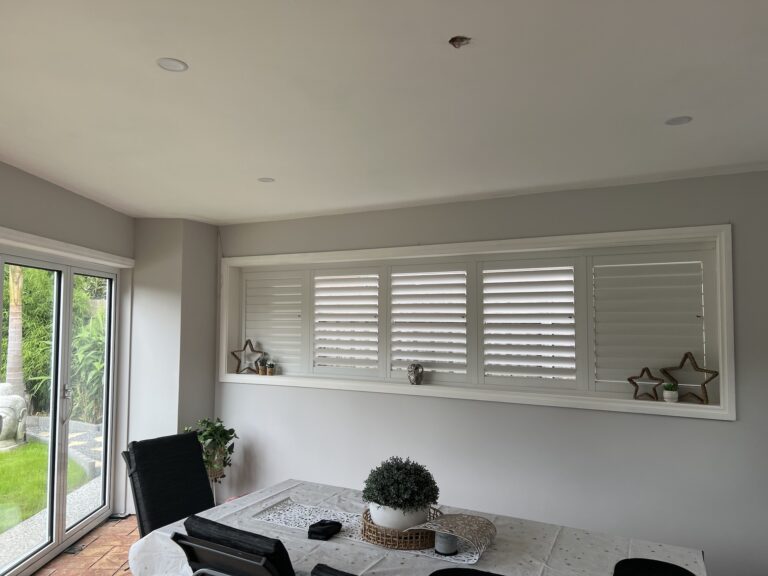Home automation offers convenient and customisable control over window treatments. Key features include:
1. Remote control: Home automation blinds can be operated remotely using a smartphone, tablet, or dedicated remote control device, allowing users to adjust blinds from anywhere in the home or even when away.
2. Integration with smart home systems: These blinds can be integrated with popular smart home platforms such as Amazon Alexa, Google Assistant, and others, enabling voice control and seamless integration with other smart devices in the home.
3. Programmable schedules: Home automation blinds often feature programmable scheduling capabilities, allowing users to set specific times for opening, closing, or adjusting the blinds automatically based on daily routines or preferences.
4. Light and temperature sensors: Some home automation blinds come equipped with sensors that detect changes in light levels or room temperature, allowing for automated adjustment of blinds to optimize natural light and indoor comfort.
5. Energy efficiency: By automatically adjusting blinds based on environmental conditions, home automation blinds can help improve energy efficiency by reducing heating and cooling costs.
6. Security and privacy: Home automation blinds can enhance security and privacy by providing the ability to close blinds remotely when away from home or to create the illusion of occupancy while traveling.
7. Customisation: These blinds are available in a variety of styles, materials, and sizes to suit different window types and design preferences.
Overall, home automation blinds offer convenience, comfort, and control over window treatments, allowing users to create a more connected and efficient living environment.
